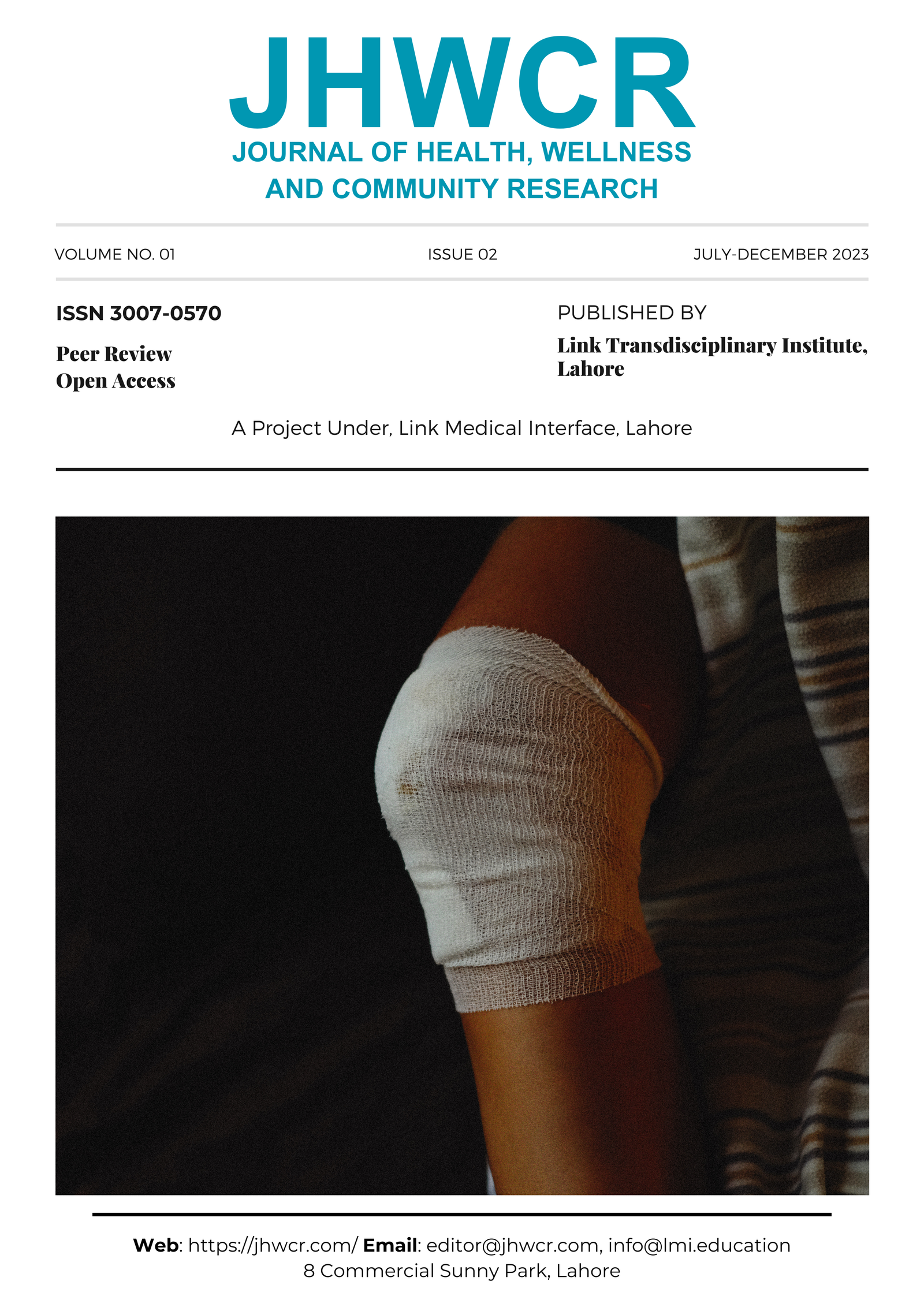Effectiveness of Center for Disease Control and Prevention Guidelines Regarding Urinary Catheterization Practices Among Nurses Caring for Bedridden Patients
DOI:
https://doi.org/10.61919/d97h8n08Keywords:
Urinary Catheterization, Catheter-Associated Urinary Tract Infection, CDC Guidelines, Nursing Education, Infection Control, Patient Safety, Bedridden PatientsAbstract
Background: Catheter-associated urinary tract infections (CAUTIs) remain a significant challenge in hospital settings, particularly among bedridden patients. Despite the availability of CDC guidelines, knowledge and compliance among nurses are often suboptimal, contributing to preventable infections and adverse outcomes. Objective: This study aimed to evaluate the effectiveness of CDC guideline-based educational intervention in improving knowledge and practice regarding urinary catheterization among nurses caring for bedridden patients, with the goal of reducing infection risk and enhancing patient safety. Methods: A quasi-experimental study was conducted at Ali Fatima Hospital, Lahore, involving 40 registered nurses meeting inclusion criteria of ≥12 months’ experience and active engagement in catheter care. Exclusion criteria included absence during the study or no direct catheter care duties. Data were collected using a validated, structured questionnaire before and after a targeted training session. Knowledge and practice scores were measured as primary outcomes. Ethical approval was obtained from the institutional review board in accordance with the Helsinki Declaration. Data analysis utilized SPSS v27, employing paired t-tests and descriptive statistics, with significance set at p < 0.05. Results: Following intervention, mean knowledge scores increased from 18.4 to 36.0 (mean difference: -17.63, 95% CI: -18.53 to -16.72, p < 0.001), and mean practice scores improved from 11.2 to 31.0 (mean difference: -19.78, 95% CI: -22.57 to -16.98, p < 0.001). Subgroup analysis showed the largest improvements among nurses with less experience and those working in medical wards. Conclusion: CDC guideline-based education markedly enhances nurses’ knowledge and practice in urinary catheterization for bedridden patients, underscoring the importance of structured, evidence-based training to reduce CAUTI risk and improve clinical outcomes in healthcare settings.
Downloads
Published
Issue
Section
License
Copyright (c) 2025 Dur-e-Adan, Hajra Sarwar, Syed Muhammad Yousaf Farooq, Saira Imran, Noor Saya, Amna Safdar (Author)

This work is licensed under a Creative Commons Attribution 4.0 International License.


